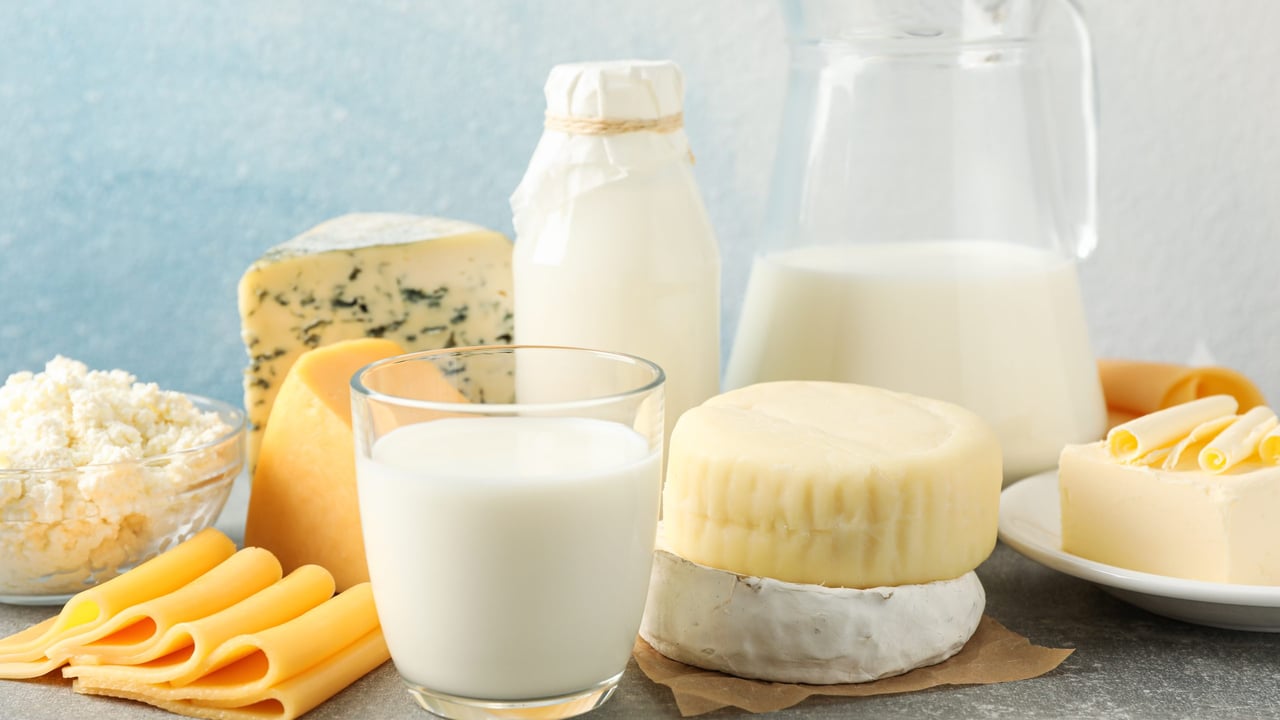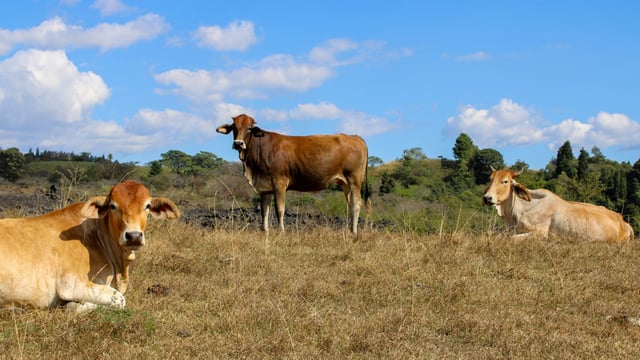FAO Food Price Index rises on sugar, dairy and vegetable oil prices
The benchmark for world food commodity prices recorded rose in February 2025, driven by higher sugar, dairy and vegetable oil prices.
The Food and Agriculture Organization of the United Nations (FAO) Food Price Index averaged 127.1 points in February 2025, up 2 points (1.6%) from its revised January level.
While the meat price index remained stable, all other price indices rose.
The overall index was 9.7 points (8%) higher than its corresponding level one year ago; however, it remained 33.1 points (21%) below the peak reached in March 2022.
The FAO Cereal Price Index averaged 112.6 points in February, rising by 0.8 points (0.7%) from January but remaining 1.2 points (1.1%) below its February 2024 level.
Wheat export prices increased month-on-month, driven by tighter domestic supplies in Russia, which constrained export volumes and shifted demand to other suppliers, adding upward pressure on global prices.
The report shows that additional support to the price increases came from concerns over unfavourable crop conditions in parts of Europe, Russia and the US.
World maize prices continued their upward trend in February, primarily due to tightening seasonal supplies in Brazil, worsening crop conditions in Argentina, and strong export demand for US maize.
The FAO noted that prices of barley and sorghum also increased in February.
By contrast, the FAO All Rice Price Index declined by 7% in February, as ample exportable supplies and weak import demand exerted downward pressure on prices.
The FAO Vegetable Oil Price Index averaged 156.0 points in February, up 3.0 points (2%) from the previous month and as much as 35.1 points (29%) above its level a year earlier.
The increase in the index was driven by higher quotations across palm, rapeseed, soy and sunflower oils.
After a brief decline in January, international palm oil prices rebounded moderately and maintained their premiums over competing oils.
Sunflower and rapeseed oil prices were mainly supported by concerns over likely tightening supplies in the coming months.
The FAO Dairy Price Index stood at 148.7 points in February, rising by 5.7 points (4%) from January and standing 28 points (23%) higher than its level a year ago.
The increase was driven by higher prices across all major dairy products. International cheese prices increased for the third consecutive month, rising by 4.7% from January.
Strong import demand was reported, as recovering production in Europe was offset by seasonal output declines in Oceania.
Quotations for whole milk powder (WMP) also increased, up 4.4% from January, underpinned by robust demand despite stagnating production in Oceania.
International butter prices rebounded, rising by 5.2 points (2.6%) month-to-month, as declining milk output in Oceania, following seasonal patterns, coincided with strong domestic and international demand.
Prices of skim milk powder (SMP) registered a modest 1.8% increase month-to-month, as seasonally higher production in Europe was offset by declining production in Oceania.
The FAO Meat Price Index averaged 118 points in February, down marginally by 0.1% from January but remaining 5.4 points (4.8%) above its level a year ago.
Bovine meat quotations strengthened, driven by rising Australian prices amid robust global demand, particularly from the US. However, the increase was partially offset by lower Brazilian bovine meat prices due to ample cattle supplies.
There was a drop in international poultry meat prices, driven by abundant global supplies primarily due to high export availabilities from Brazil, despite continuing avian influenza (bird flu) outbreaks in other major producing countries.
Similarly, pig meat prices softened, pressured by lower quotations in the European Union.
Sheep meat prices rose, underpinned by strong global demand. New Zealand’s export volumes declined due to lower production, but higher slaughter rates in Australia raised supply, limiting the price increases.
The FAO Sugar Price Index averaged 118.5 points in February, up 7.3 points (6.6%) from January after three consecutive monthly declines. However, it remained 16% lower than its level in February of last year.
The increase in world sugar prices was driven by concerns over tighter global supplies in the 2024/25 season.







